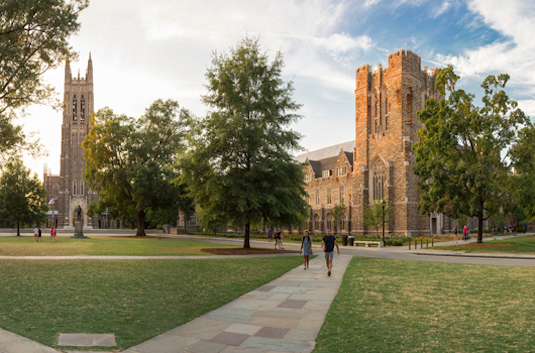Emergent elasticity in the neural code for space

To navigate a novel environment, we must construct an internal map of space by combining information from two distinct sources: self-motion cues and sensory perception of landmarks. How do known aspects of neural circuit dynamics and synaptic plasticity conspire to construct such internal maps? We demonstrate analytically how a neural attractor model that combines path integration of self-motion with Hebbian plasticity in synaptic weights from landmark cells can self-organize a consistent internal map of space as the animal explores an environment. Intriguingly, the emergence of this map can be understood as an elastic relaxation process between landmark cells mediated by the attractor network. Moreover, we verify several experimentally testable predictions of our model, including: (1) systematic deformations grid cells in irregular environments, (2) path-dependent shifts in grid cells towards the most recently encountered landmark, (3) a dynamical phase transition in which grid cells can break free of landmarks in altered virtual reality environments and (4) the creation of topological defects in grid cells. Taken together, our results conceptually link known biophysical aspects of neurons and synapses to an emergent solution of a fundamental computational problem in navigation, while providing a unified account of disparate experimental observations.






